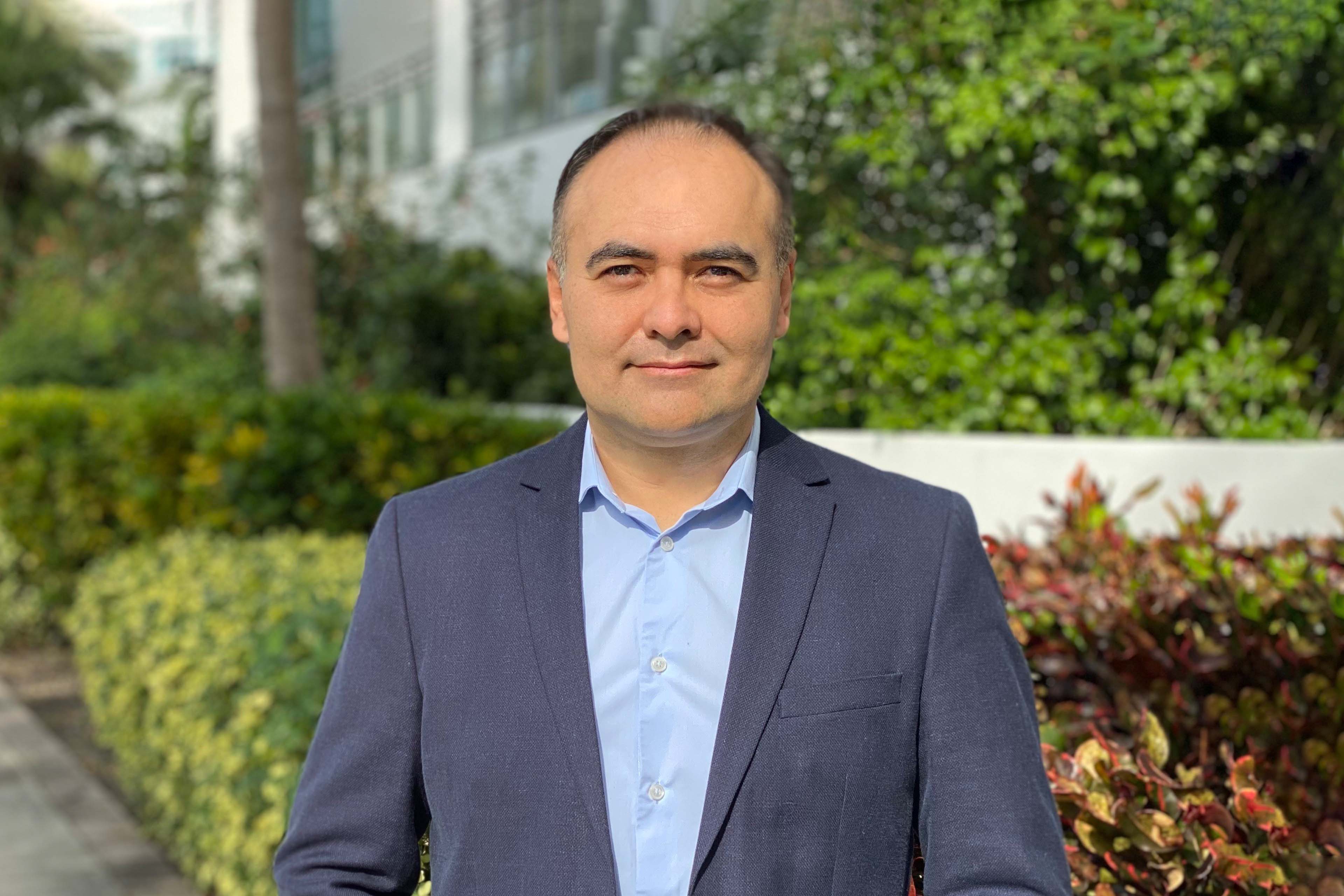EY refers to the global organization, and may refer to one or more, of the member firms of Ernst & Young Global Limited, each of which is a separate legal entity. Ernst & Young Global Limited, a UK company limited by guarantee, does not provide services to clients.

Finance and procurement leaders struggle to optimize costs due to fragmented data, siloed technology and inconsistent processes.
In brief
- Overly broad, “across-the-board” approaches to cost reduction have not paid off for finance and procurement leaders seeking to optimize spend management.
- Intelligent technology integration, complete data and streamlined and consistent processes are essential to a more effective approach.
- A clear vision for total spend management will meet today’s cost-cutting imperative and increase transparency, efficiency and control for tomorrow.
In spite of significant cost reduction efforts in recent years, most organizations find non-interest expenses still represent a significant figure compared to their bottom lines. The COVID-19 pandemic has only made matters worse, even as it has increased the need for organizational resilience and agility.
For finance and procurement leaders seeking to more effectively manage the total spend across the business, the primary challenge is fragmentation. Siloed processes, incomplete spend data and incompatible systems limit visibility and increase the cost and inefficiency of the spend management process itself. This lack of integration also prevents CFOs from exerting proper oversight and control.
Rather than making arbitrary quantitative assumptions and setting general cost-reduction targets, finance teams should instead seek to establish a holistic framework that links all costs to the operational needs and strategic priorities of the business. Such a vision for total spend management promotes more effective monitoring, enforcement and compliance with procurement policies.
This approach also reflects the changes to cost structures caused by the pandemic. Even as it seeks immediate-term cost reductions across the business, finance must lay a foundation for the future designed to support transparent, sustainable and strategically-aligned spending and investment.
Innovation and accuracy in an uncertain environment
Historically, spend management has been addressed through arbitrary blanket savings goals that may reduce expenses in the near term but also present significant long-term risks. Likewise, reduction opportunities are often overlooked. Those opportunities include:
- In-house vs. outsourced process delivery review
- Supplier rationalization
- Consumption volume optimization
- Contract compliance reviews
- Dynamic contract terms negotiation
Based on our research and direct client experience, we believe organizations can achieve cost savings of at least 10%-15% from their current spend baseline by addressing tactical opportunities while still building towards an integrated spend management approach.
Seizing such opportunities requires integration of disparate systems needed, because finance leaders must understand which specific policies, categories and departments will be essential in attaining the organization’s savings goals. Having a strong technology platform – such as that provided by SAP – is critical. The integrated data set included in the SAP platform enables truly strategic sourcing based on clearer and more robust insights into supplier cost and performance, commodity pricing, department demand and contract compliance. These insights make it easier to identify when procurement and sourcing should be involved in negotiation, supplier consolidation or policy enforcement.
Mapping the road ahead: from immediate-term savings to long-term capabilities
Given the current funding constraints, finance leaders are encouraged to define a road map that delivers tactical governance and spend analysis in the short term while working toward comprehensive spend visibility and more strategic capabilities in the longer term.
Immediate initiatives
Tactical spend, contract and policy review
Given the amount of disconnected procurement information flowing through the enterprise, it can be time consuming to assess and prioritize the full range of cost reduction opportunities across all initiatives, functions and vendors. An accelerated data analysis that prioritizes categories and leverages analytics tools to find material, but non-essential, items is an important first step.
As priority opportunities are identified, sourcing teams will need to work closely with the business to optimize supplier communication and avoid abrupt and poorly planned spend reductions. Many organizations find short-term cost reduction opportunities primarily in contingent labor and market data. Reviewing contract data to get a full picture of commitments and supplier compliance can also provide an opportunity for service-level adjustments, pricing negotiations and the elimination of nonessential services.
Working capital opportunities and payment type consolidation
A thorough spend data analysis also supports the optimization of working capital through alternative payment strategies that extend the cash cycle and expand the use of incentives and performance-based contracts. A combined analysis of payables, cost of capital, liquidity projection and commitment data will help the organization strike the balance between long payment cycles and early pay discounts. Organizations can also lower payment processing costs and gain more treasury visibility through a consolidation of payment types and vendor records.
Medium-term initiatives
Strategic sourcing optimization
Organizations can attain significant sustainable savings and generate more value when category managers are equipped and encouraged to take a more strategic approach to supplier evaluation, selection and collaboration in high-priority categories. In the case of technology sourcing, migration to cloud, license management and platform consolidation present significant cost reduction opportunities.
A transparent and accessible view of supplier information will also provide a clear picture of relative supplier value and available buying channels. With strong category management and quantitative strategic sourcing, organizations can collaborate constructively to enhance savings, while also creating value for buyers and sellers.
Supplier engagement
A strategic approach aligned to the needs of the business requires a closer collaboration between organizations and their suppliers. To start, procurement must deepen its understanding of challenges and opportunities in supplier relationships, including the capabilities the business is looking for. Such understanding reinforces the focus on value creation. Mutually beneficial payment arrangements can also lead to better and more effective working capital management for both parties, and a strong and formal commitment toward improving tier-two diversity spend.
Strategic, long term initiatives
Integrated digital spend management and advanced analytics
Spend data analytics and the end-to-end integrity of spend data continue to be major blind spots for many organizations. Businesses are spending a lot on technology, but not necessarily getting their money’s worth, and lingering siloed models remain a big problem. A fully integrated platform links process and data for supply chain and finance into a single unified source that incorporates transaction data and provides access to analytical toolsets.
That integration extends to third parties so everyone works from the same set of information at all times. The most advanced spend solutions combine the power of machine learning and analytics to facilitate a logically unified data set that can provide granular, timely insights into the business.
Value-driven finance operations in a changing world
As a result of the COVID-19 pandemic, the ongoing shift toward a flexible and extended workforce is likely to accelerate. That workforce must be accountable based on actual deliverables and outcomes. Organizations with mature processes and technology will be able to take advantage of the “work-from-anywhere” world, especially regarding spend reductions. Companies that are not prepared will have a hard time bringing costs down, eliminating inefficiencies and enriching team experiences.
An integrated architecture for total spend management
An effective strategy for total spend management helps organizations become nimbler and attain more granular visibility into their cost function. While integrated technology provides a strong foundation, a comprehensive strategy should look beyond technology and data, incorporating clear policies, efficient and consistent processes, and an effective organizational model. We believe the SAP technology platform and a holistic approach to total spend management can deliver significant efficiency and cost synergies across the entire S2P process – enabling improved visibility and higher-value insights as well as increased efficiency and reduced risk. Executing on this vision entails:
- Alignment of vendor, contract and spend data from multiple applications
- Advanced analytics to understand cost drivers and support strategic cost reduction and supplier risk processes
- Increased transparency on how vendors, commodities and purchase patterns can provide spend opportunities through consolidation and accountability
- Reduced finance burden related to manual entries and reconciliations in accounts payable, fixed assets and tax
- Streamlined vendor end-to-end processes, including third-party risk
These steps will help finance and procurement teams realize this vision and potential of total spend management in such a way that meets today’s pressing cost reduction needs and provides visibility, efficiency and control for tomorrow.
Summary
For years, finance and procurement teams have sought to optimize the overall spend across the business. Incomplete data and fragmented systems have minimized the effectiveness of their efforts. They must focus on unifying technology with disparate functions to build a long-term roadmap that enables a holistic approach to total spend management.
Related articles
How to use real-time data to mine better insights
Learn how a leader in the food and beverage industry is harnessing the power of information to prepare for what comes next




